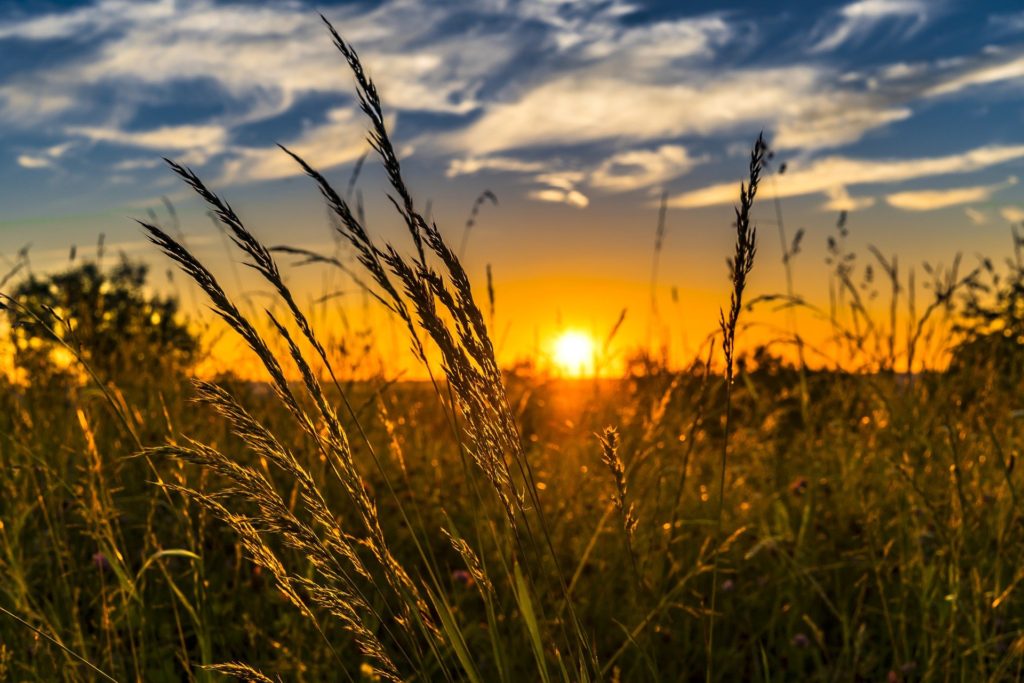
Technology is reshaping every part of our lives, from the top of Maslow’s Hierarchy of Needs to the bottom. Indeed, even feeding ourselves is being impacted by digital transformation — giving rise to the term ‘agronomy,’ the study of crops and the environment to maximize productivity.
This transformation is happening across all corners of the globe. According to the Indian Council of Agricultural Research, India will only meet 59% of its food demand by the year 2030. Worldwide, food demand is expected to double by 2050, in large part because of population growth. Given these statistics, it is clear that many nations need to innovate to optimize food production. In addition to maximizing yield, integral parts of this challenge are soil management and effectively controlling pests and weeds. Technologies such as AI provide new opportunities to learn from data — that may have been sitting in the field all along — to solve these problems. And that is true from India to South America to the prairies of central Canada.
“There’s a saying about decisions being only as good as the information they’re based on,” the introduction to a Real Agriculture podcast starts. “The same could be said for agronomic decisions based on maps; the better the map, the better the decision.” The podcast tells the story of Cory Willness, an agronomist in the Canadian province of Saskatchewan, who uses field maps procured from satellite images to make agricultural decisions. Willness developed a patented mapping technology that consolidates soil, water, and topography data into what he calls ‘SWAT maps.’ The data that is collected assesses how much soil organic matter is in the soil, where water flows and accumulates in a field, and where salinity is located. Willness notes that SWAT maps are different from other drone/satellite imagery because his maps collect layers of information about what’s going on both under and above the ground. This treasure trove of information now helps farmers in Canada and beyond make better agronomic decisions.
AI can also inform better prediction of grain yield. South American scientists published a paper called Prediction of the Corn Grains Yield through Artificial Intelligence in 2016. The research found that crop quality can be determined from an image. “The determination of the quality of the cereals is done manually by grain classifier experts prior to the marketing stage,” the paper begins. “In this article, we present a web software tool that allows determining the quality level of a corn sample automatically from an image of it. Image processing algorithms were implemented to correct distortions caused mainly by the capture process. The K-Means classification algorithm was used and a function was developed to calculate the hectolitre weight in relation to the sample area.”
Unfavorable climatic conditions, soil degradation, biological adversity and disadvantages arising from agronomic practices were found to contribute to low-quality crops. “Grains deteriorate on the plant, during harvesting or in warehouses when they are not given proper care. Alterations in the natural state and health of the grains are classified into several categories: damaged or faulty grains, chopped grains, presence of foreign material, commercially objectionable odors, presence of undesirable seeds, broken grains and/or cracked grains, among the most important. The above-mentioned defects, known as quality determinations, are those that must be analyzed during the quality assessment process, according to the quantity or intensity in which each of them is present in the sample.”
The paper highlights the additional problems of marketing and the economics of agriculture after the yield from the field has occurred. “Adjusting machinery at the time of harvest, in order to minimize, as much as possible, external factors that may affect or diminish in some way the quality of the grains,” is a recommendation of the paper. The publication also proposes a tool to determine the quality level of a corn sample automatically, from the image of a sample. “In this way, producers, collectors and exporters will be able to obtain in a fast, precise and efficient way all the information of the measurements of each of the quality determining factors, simply by sending an image of the sample of their corn harvest from a computer or a mobile device.”
Artificial Intelligence is being implemented in industries all over the world and is a central theme of the research undertaken at UCIPT. Our work in the HOPE study is using data to assess and shift behavioral outcomes among HIV and other populations.
